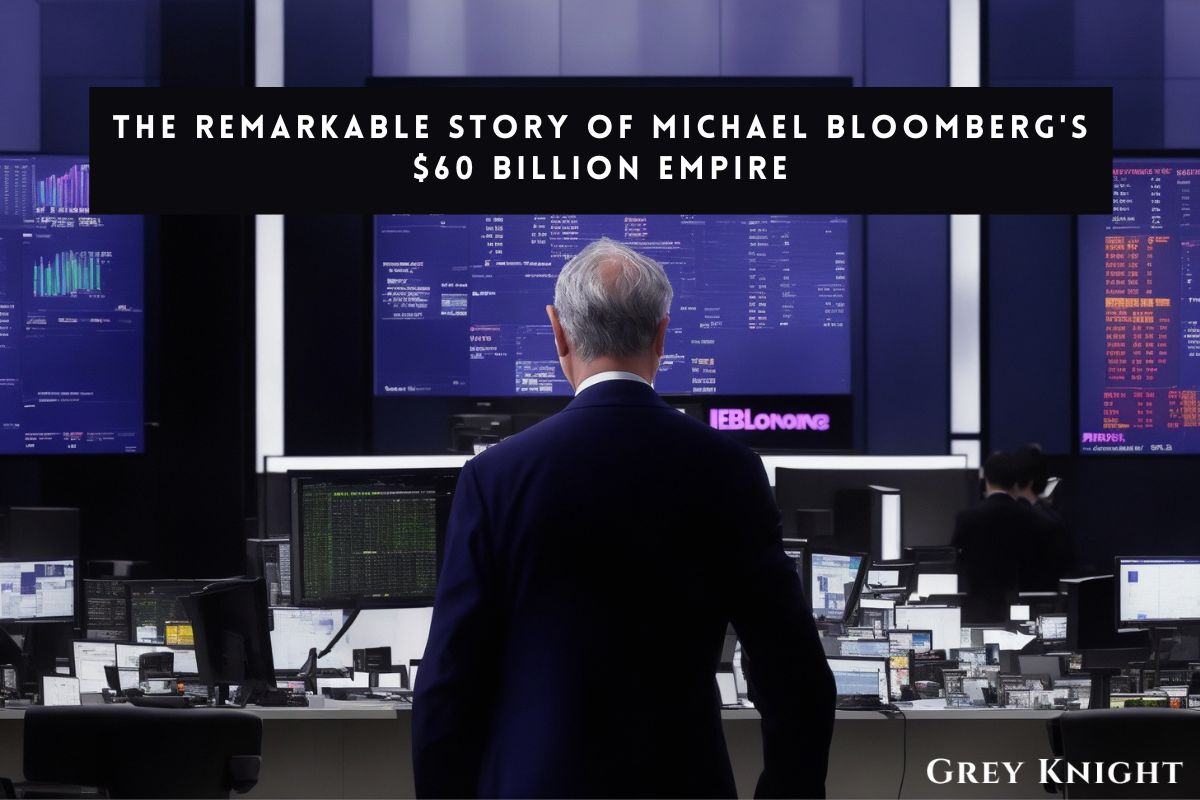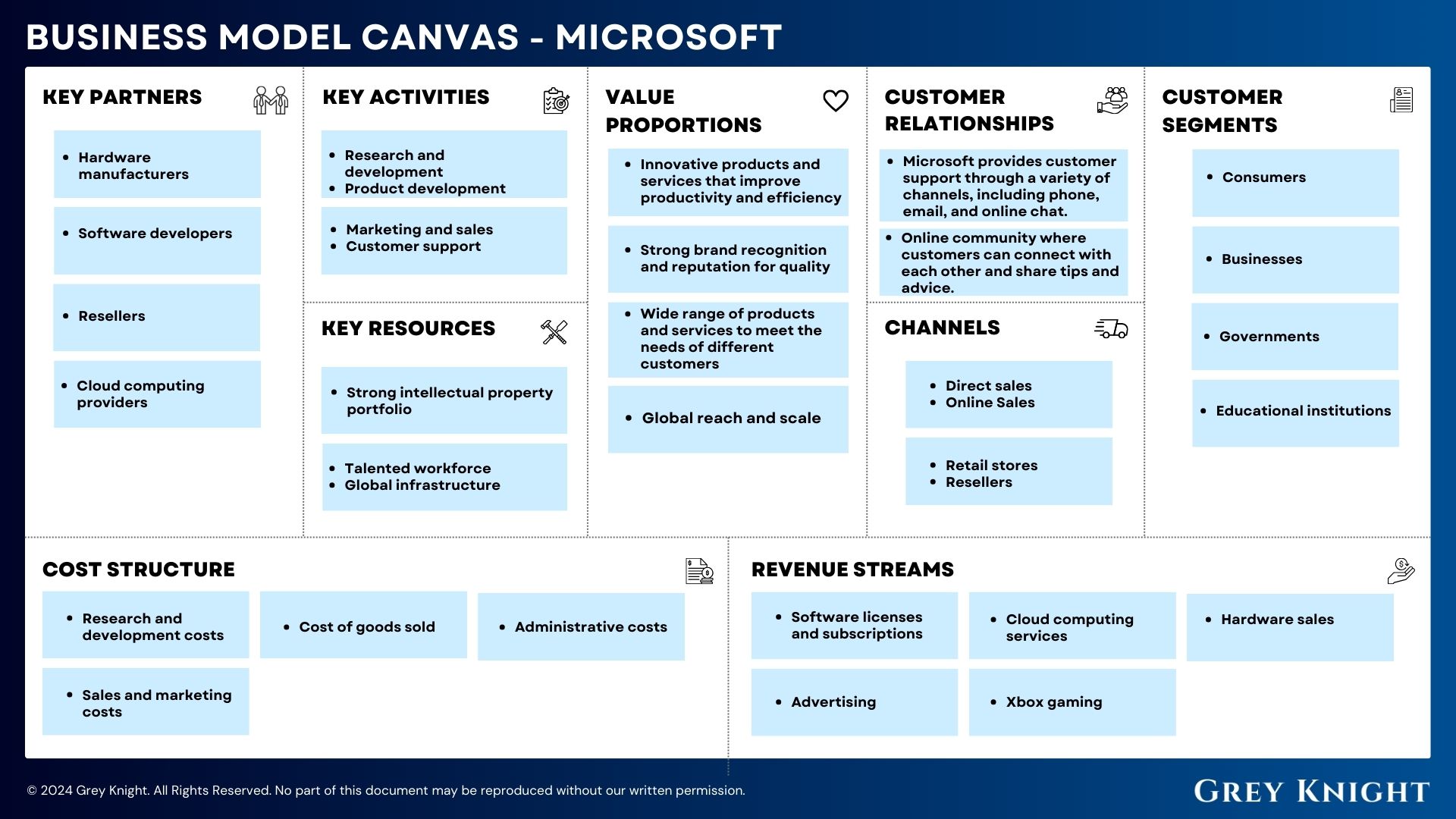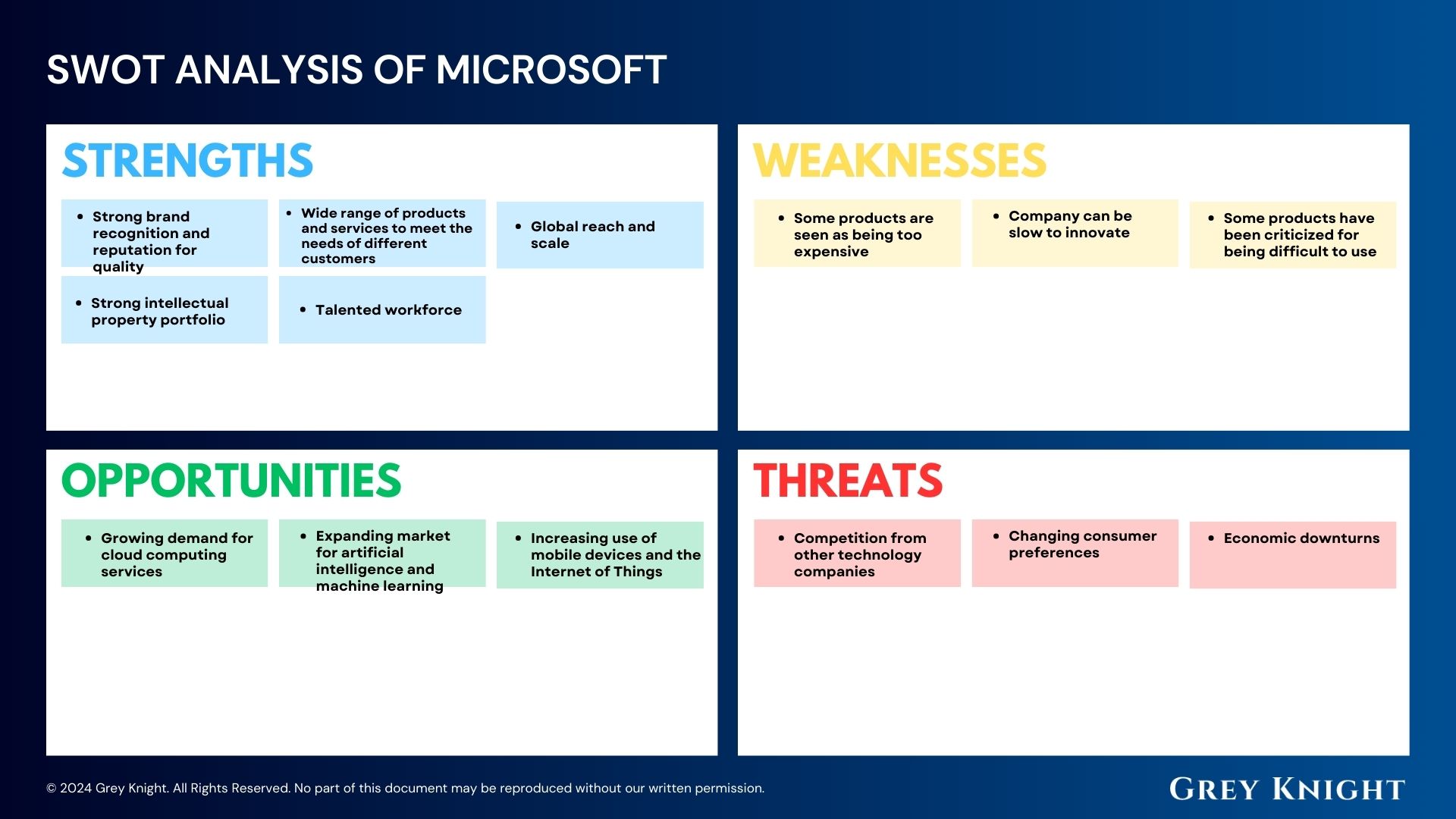Table of Contents
ToggleIntroduction
When we talk about the biggest tech companies globally, names like Amazon, Google, Microsoft, and Facebook come to mind. These companies cater to billions of customers annually, solidifying their status as household names. However, one exceptional entrepreneur has built a massive empire with just 325,000 customers. Michael Bloomberg, known for his media company and political career, has created a cash cow that defies the norm. With his company valued at $60 billion, each customer contributes an astounding $184,000 to its market cap. In comparison, Google, valued at $1.73 trillion, generates roughly $432 in market cap per user. Let’s explore how Michael Bloomberg achieved this remarkable feat.
Early Life and Education
Michael Bloomberg was born on February 14, 1942, in Brighton, Boston, to a middle-class immigrant family. His father worked as a bookkeeper for a dairy company, while his mother’s side hailed from Lithuania and his father’s side from Poland. After graduating high school in 1960, Michael attended Johns Hopkins University, where he pursued a degree in Electrical Engineering. He furthered his education by earning an MBA from Harvard Business School. Surprisingly, Michael never aspired to start his own company, content with a stable 9 to 5 job. With his engineering degree and MBA, he seemed destined for a conventional career.
The Wall Street Journey
Contrary to expectations, Michael embarked on a career in the heart of Wall Street. In 1966, he secured a modest role as a security counting clerk at the renowned investment bank, Salomon Brothers. As a security counting clerk, Michael meticulously tracked buy and sell orders, ensuring accurate accounting. At the time, all these operations were performed manually, without the aid of computers. Despite his humble beginnings, Michael quickly climbed the corporate ladder. By the early 1970s, he oversaw Salomon Brothers’ equity trading division, and by the late 1970s, he took charge of developing a computerized financial system. Although he didn’t hold an executive position, Michael held the title of general partner after working at Salomon Brothers for 15 years.
A Turning Point: Salomon Brothers and Phibro Corporation
In 1981, Salomon Brothers faced a significant turning point when the management decided to sell the company to Phibro Corporation for $800 million. While employees would typically transition to the new company, Phibro held reservations about retaining Salomon Brothers’ former management. Consequently, Michael was let go from his position, albeit with a substantial severance package. He received a remarkable $10 million, in addition to the money he had saved and invested over the years. Estimates suggest that Michael’s net worth reached $10 to $20 million following the severance package. At this point, he could have comfortably retired, investing his $15 million in the S&P 500 and earning $600,000 annually for life, equivalent to $2 million in today’s dollars. However, Michael’s passion for his work prevailed.
From Innovative Market Systems to Bloomberg
Michael’s love for his job pushed him to pursue new opportunities. He expressed that his fondness for his work was an understatement. If given the chance, he would have readily accepted a partner position at another investment firm, such as Goldman Sachs. Unfortunately, no such offers came his way. Instead, he took the bold step of starting his own company, Innovative Market Systems, in line with his work at Salomon Brothers. After establishing Innovative Market Systems (IMS) in 1982, Michael Bloomberg and his team focused on developing the Market Master Terminal, a computerized system that revolutionized the way financial data was accessed and analyzed. As the company grew, Bloomberg recognized the need for a strategic rebranding to reflect its expanding offerings beyond the original terminal. In 1987, the company underwent a transformation and was renamed Bloomberg.
The new name, Bloomberg, signified a shift in focus from solely providing market data systems to offering a comprehensive suite of financial services. This strategic rebranding allowed the company to position itself as a provider of real-time financial information, analytics, and news, solidifying its presence in the financial industry.
The Rise of Bloomberg Terminal: Dominating Wall Street
One of the key factors in Bloomberg’s rise to prominence was the success of the Bloomberg Terminal. Launched in 1982, the Bloomberg Terminal quickly gained traction on Wall Street and became an essential tool for traders, analysts, and financial professionals. The Terminal provided users with access to a vast array of financial data, news, and analysis in real-time, empowering them to make informed investment decisions.
The Bloomberg Terminal’s user-friendly interface, extensive functionality, and robust data coverage set it apart from competitors. It offered features such as stock quotes, charts, market analysis, news articles, and a messaging system that allowed professionals to communicate and collaborate seamlessly. With its comprehensive capabilities and reliability, the Bloomberg Terminal became the go-to platform for financial market participants, cementing Bloomberg’s dominance in the industry.
Adapting to the Internet Age: Bloomberg’s Internet Subscription
With the advent of the internet, Bloomberg recognized the need to adapt its business model and provide online access to its services. In the late 1990s, Bloomberg introduced its Internet Subscription, allowing users to access Bloomberg’s financial data and news directly through their web browsers. This move expanded Bloomberg’s reach beyond traditional Bloomberg Terminal users, catering to a wider audience of investors, researchers, and financial institutions.
The Internet Subscription offered a more flexible and cost-effective solution, enabling users to access Bloomberg’s comprehensive financial tools and resources without requiring dedicated hardware or software installations. It also provided the convenience of accessing Bloomberg’s services from any location with an internet connection, further enhancing its appeal.
Continued Growth and Financial Market Dominance
Bloomberg’s commitment to innovation and providing valuable financial information propelled its continued growth and solidified its position as a leader in the industry. The company expanded its product offerings to include Bloomberg News, a global news service covering financial markets, economics, and business-related topics.
Furthermore, Bloomberg extended its presence beyond the financial sector and ventured into other industries such as government, legal, and energy, offering specialised tools and services tailored to specific sectors. These strategic expansions allowed Bloomberg to diversify its revenue streams and mitigate risks associated with market fluctuations.
Through strategic acquisitions and partnerships, Bloomberg also expanded its global reach and established a strong presence in key financial centers worldwide. By building a network of data centers and ensuring reliable data delivery, Bloomberg maintained its reputation for accuracy and speed, further solidifying its dominance in the financial market.
Bloomberg’s Pricing Strategy: The Value of Exclusive Information
Bloomberg’s pricing strategy played a crucial role in its success. The company adopted a subscription-based model that provided customers with exclusive access to its extensive financial data, analytics, and news. By offering a premium service and charging a substantial subscription fee, Bloomberg positioned itself as a provider of high-value information.
The value proposition of Bloomberg’s services lay in its comprehensive coverage, real-time data, and proprietary analytics. Financial professionals relied on Bloomberg’s exclusive information to gain insights, make informed decisions, and gain a competitive edge in the market. This value proposition justified the premium pricing and contributed to Bloomberg’s sustained financial success.
Conclusion
Michael Bloomberg’s journey from Wall Street to founding Bloomberg LP and creating the Bloomberg Terminal showcases his remarkable entrepreneurial spirit. With only 325,000 customers, he has built a $60 billion empire, disrupting the financial information industry. By providing comprehensive and exclusive data to investors, Bloomberg LP continues to thrive as the backbone of the financial markets. As the company evolves and expands its customer base, Michael Bloomberg’s legacy remains a testament to the power of innovation and determination.
Additional Resources
To keep learning and advancing your career, we highly recommend these additional resources:
Bloomberg Market Concepts Certificate: A Comprehensive Guide
Venture Capital: A Comprehensive Overview
List of Fortune 500 Companies in 2023












